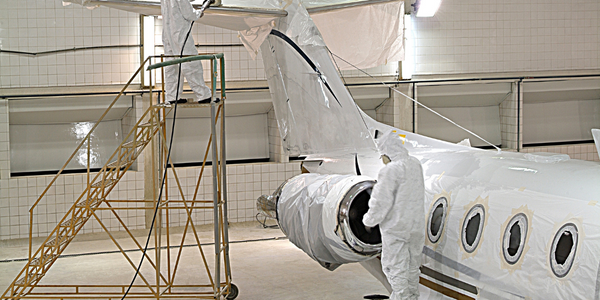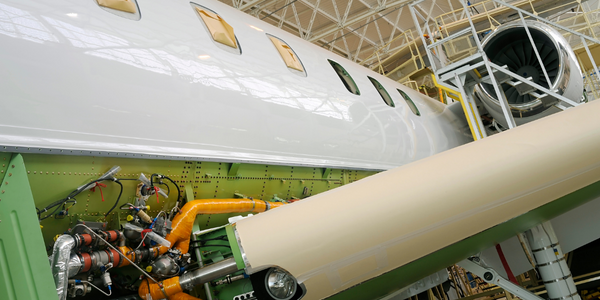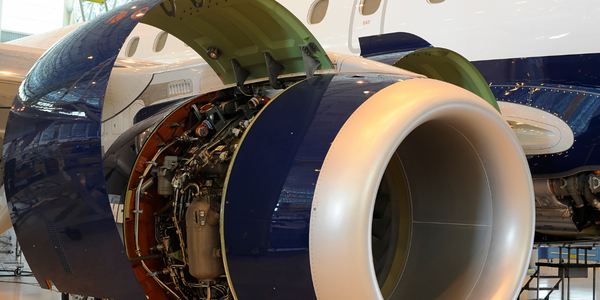公司规模
Large Corporate
国家
- United States
产品
- GoDirect Trade
- Hyperledger Fabric
技术栈
- Blockchain
- E-commerce
实施规模
- Enterprise-wide Deployment
影响指标
- Revenue Growth
- Productivity Improvements
- Customer Satisfaction
技术
- 应用基础设施与中间件 - 区块链
- 应用基础设施与中间件 - 数据交换与集成
适用行业
- 航天
适用功能
- 采购
- 销售与市场营销
用例
- 供应链可见性(SCV)
- 资产跟踪
服务
- 系统集成
- 软件设计与工程服务
关于客户
霍尼韦尔航空航天是霍尼韦尔国际的一个部门,霍尼韦尔国际是一家跨国企业集团,生产各种商用和消费产品、工程服务和航空航天系统。霍尼韦尔航空航天成立于 1914 年,目前是航空电子设备、发动机、系统和服务提供商。其产品和服务几乎涉及全球和太空中的所有飞机。2018 年,该公司报告的销售额为 129 亿美元。霍尼韦尔航空航天致力于改善航空航天行业的购买和销售体验,其创建 GoDirect Trade 平台就体现了这一点。
挑战
霍尼韦尔航空航天集团是一家全球航空电子设备、发动机、系统和服务供应商,该公司希望创建一个类似亚马逊的二手飞机零部件交易市场。现有的二手飞机零部件购买流程已经过时且耗时,通常需要几天甚至几周才能完成交易。供应商建立的网站非常基础,缺少零部件状况、定价和可用性等关键信息。主要挑战是由于航空业受到严格监管,人们对于在线交易缺乏信任。出售的每个零部件都需要获得美国联邦航空管理局和其他机构的认证,并且每个零部件都必须记录其所有权、使用和维修的完整历史记录。目标是将购买时间从几天或几周缩短到几秒钟,并将每个物理零部件与其数字谱系联系起来。
解决方案
霍尼韦尔航空航天公司建立了一个外观现代、安全的二手飞机零部件 B2B 市场,名为 GoDirect Trade。该市场以流行的电子商务网站为蓝本,每笔交易都记录在使用 Hyperledger Fabric 构建的不可变区块链上。区块链记录允许买家查看许多零件的重要数据,例如零件的整个生命周期、使用时间、所有维修以及维修人员、维修时间和维修地点,以及零件的所有前任所有者。霍尼韦尔在 Hyperledger Fabric 之上开发了一个中间件层,市场应用程序旨在与其他主要区块链(如以太坊或 R3 的 Corda)配合使用。该网络目前包括五个验证节点,运行部署在霍尼韦尔企业云和其他商业云上的 Hyperledger Fabric 版本 1.4。为了保护数据安全,系统使用通道和私人数据集合。
运营影响
数量效益

Case Study missing?
Start adding your own!
Register with your work email and create a new case study profile for your business.
相关案例.

Case Study
Airbus Soars with Wearable Technology
Building an Airbus aircraft involves complex manufacturing processes consisting of thousands of moving parts. Speed and accuracy are critical to business and competitive advantage. Improvements in both would have high impact on Airbus’ bottom line. Airbus wanted to help operators reduce the complexity of assembling cabin seats and decrease the time required to complete this task.

Case Study
Aircraft Predictive Maintenance and Workflow Optimization
First, aircraft manufacturer have trouble monitoring the health of aircraft systems with health prognostics and deliver predictive maintenance insights. Second, aircraft manufacturer wants a solution that can provide an in-context advisory and align job assignments to match technician experience and expertise.

Case Study
Aerospace & Defense Case Study Airbus
For the development of its new wide-body aircraft, Airbus needed to ensure quality and consistency across all internal and external stakeholders. Airbus had many challenges including a very aggressive development schedule and the need to ramp up production quickly to satisfy their delivery commitments. The lack of communication extended design time and introduced errors that drove up costs.

Case Study
Accelerate Production for Spirit AeroSystems
The manufacture and assembly of massive fuselage assemblies and other large structures generates a river of data. In fact, the bill of materials for a single fuselage alone can be millions of rows of data. In-house production processes and testing, as well as other manufacturers and customers created data flows that overwhelmed previous processes and information systems. Spirit’s customer base had grown substantially since their 2005 divestiture from Boeing, resulting in a $41 billion backlog of orders to fill. To address this backlog, meet increased customer demands and minimize additional capital investment, the company needed a way to improve throughput in the existing operational footprint. Spirit had a requirement from customers to increase fuselage production by 30%. To accomplish this goal, Spirit needed real-time information on its value chain and workflow. However, the two terabytes of data being pulled from their SAP ECC was unmanageable and overloaded their business warehouse. It had become time-consuming and difficult to pull aggregate data, disaggregate it for the needed information and then reassemble to create a report. During the 6-8 hours it took to build a report, another work shift (they run three per day) would have already taken place, thus the report content was out-of-date before it was ever delivered. As a result, supervisors often had to rely on manual efforts to provide charts, reports and analysis.

Case Study
Developing Smart Tools for the Airbus Factory
Manufacturing and assembly of aircraft, which involves tens of thousands of steps that must be followed by the operators, and a single mistake in the process could cost hundreds of thousands of dollars to fix, makes the room for error very small.








